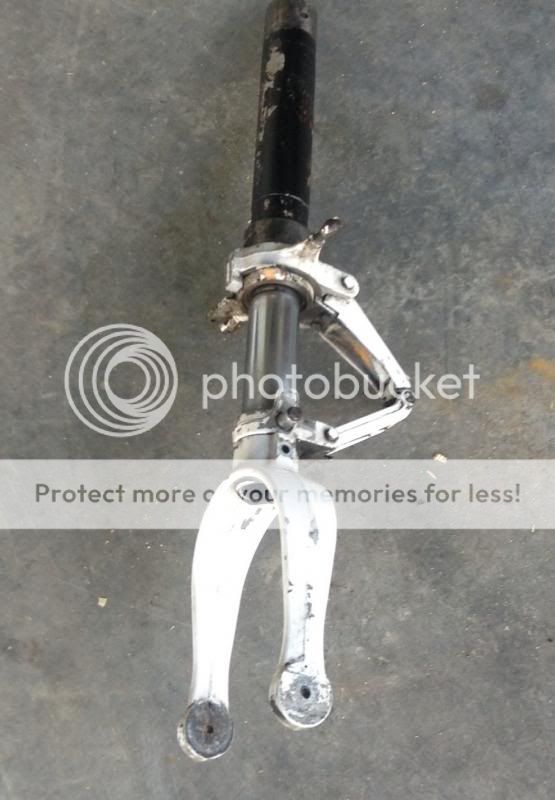alfadog
Final Approach
Repair by parts replacement do not need a 337.
Didn't say it did. I was making the point that the regulation requiring a flight test reads essentially identical to 337-land:
"FAR 1 defines a Major repair as a repair that if
improperly done, might appreciably affect weight,
balance, structural strength, performance, powerplant
operation, flight characteristics, or other qualities
affecting airworthiness; or that is not done according
to accepted practices or cannot be done by
elementary operations. A minor repair is a repair
other than a major repair."





 ..
..
